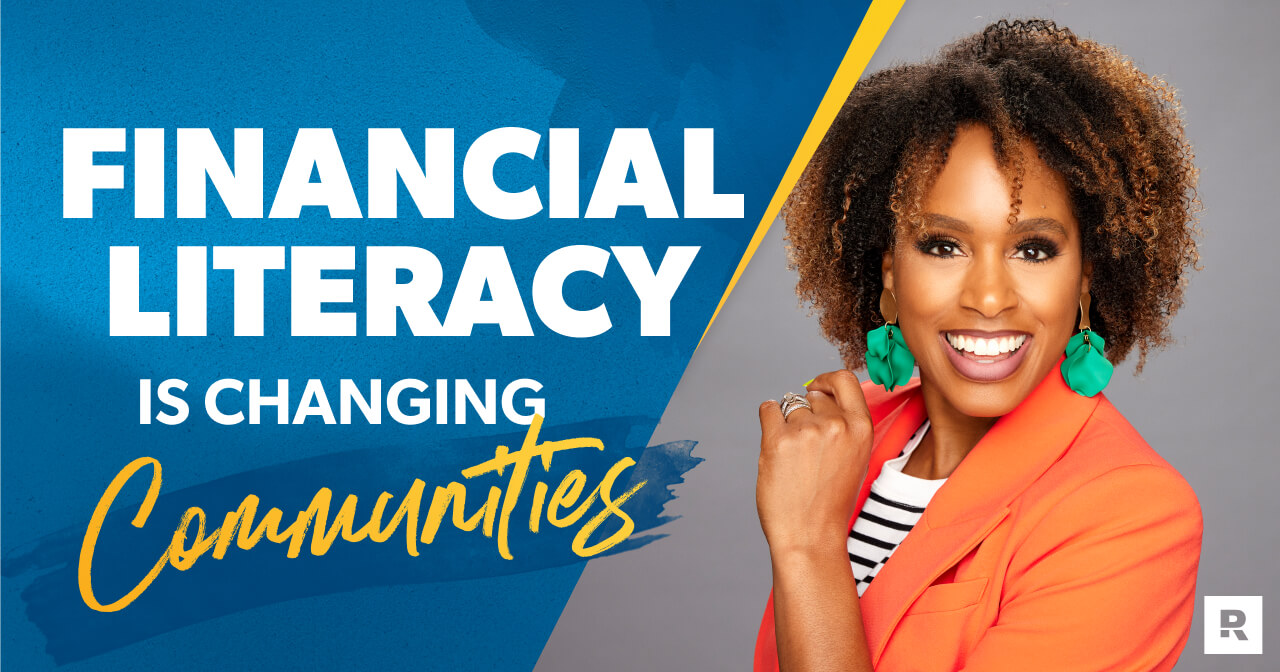
As a district leader, you’re probably well aware of how a lack of financial education for students can affect your district. By closing gaps in personal finance education, students can learn real-life money management skills that will ultimately help lift students in your district out of poverty.
The Importance of Financial Literacy for Students
Financial education is a powerful tool to help underprivileged communities. It’s especially important for students facing adversity. Many low-income, marginalized communities have long histories of insufficient personal finance education. To create good citizens and lift students out of poverty, school leaders should educate students on ways they can turn historically bad money habits into smart and intentional money management. With a solid foundation of personal finance education under their belt, students will be better prepared to contribute to the workforce and impact their families and communities in a positive way.
Poor Financial Education Leads to Worker Stress
Our students need solid, proven teachings that will have direct impact on their money management habits. But they aren’t usually taught empowering ways to manage their money by their community or culture. Today, our culture encourages people—especially those at or near the poverty level—to take out student loans, pursue degrees that may not have high earning potential, and use credit cards to fund basic lifestyle needs. But these behaviors only get them into more money trouble. Carrying debt can have serious effects on employee mental health and workplace stability later in life. And I speak from experience! My husband and I both graduated with student loans and other debts totaling nearly half a million dollars. We were the products of this toxic cultural education. But don’t just take my word for it. Plenty of graduates will say they never learned how to manage money in school or how to pay for college without student loans.
Here are some shocking stats: About 59% of college graduates are entering the workforce with student loan debt.1 And as of 2024, the average student loan debt per borrower is $38,883.2 Carrying student loan debt is already challenging on a personal level, but that challenge extends to the workforce. Those with the highest balances of student loans are twice as likely to be looking for other job opportunities than employees with lower levels of debt.3 Just think about the ripple effect this might have on a community and local businesses!
District leaders who are deeply invested in helping students break the cycle of poverty and want to ensure that graduates are equipped to contribute positively to their communities can help prevent similar future money challenges for their students.
Find a Personal Finance Curriculum That Supports Students Now and Later
Unfortunately, most personal finance curricula on the market don’t help students understand and practice core behavior changes that will lead to financial success later in life. Learning facts and book knowledge about money is important, but it simply isn’t enough. To create real, lasting life change that will set students up to be good citizens and contribute to their communities, they need to see examples of sound, commonsense money management. They need to feel confident that they can use the personal finance lessons they’re learning in school in their real life. Only then will they be able to change their own money habits and influence those around them in positive, empowering ways.
Many school leaders simply aren’t aware of all the personal finance curriculum options that are available.
So, what can you do about it? Luckily, there’s an alternative approach to financial literacy for students that can prevent these pitfalls.
Are you a teacher? Help your students win with money today!
Start by understanding the importance of teaching personal finance skills to students early on. Then, seek out personal finance curriculum that’s not just knowledge-based but offers a proven model for money-management transformation. A successful personal finance education program should accomplish three goals:
- Teach good money habits that students can build upon and carry into adulthood.
- Help students achieve financial independence through financial literacy. This means they understand how and why they should avoid debt, know how to use a budget, and practice valuable skills like saving, spending and giving intentionally.
- Empower students to pursue what they were created to do through career readiness. Without the burden of student loans, students will have more opportunity to pursue professional opportunities that align with their goals and skills.
Look for a curriculum that creates actual behavior change through good habits. Some examples of teachings to look for in a curriculum include making a budget, identifying money beliefs, paying for college with cash instead of loans, and many other practical topics that will build students’ confidence in their ability to manage their money today.
But don’t just take it from me. When Siara L. of Somerset High School was asked about managing her money now and after graduation, she said, “I feel my future’s more secure now. With The Five Foundations, learning about my budget, my savings . . . it’s going to be a lot easier going into my future knowing the problems, the consequences and the solutions.”
Learn more about Ramsey Education’s Foundations in Personal Finance and how this commonsense personal finance curriculum can impact your student body and create good citizens in your community. This is the type of financial education that will truly impact your school district and community for the better. And remember: Financial literacy education is more than just delivering knowledge gain—it’s about establishing positive habits and behaviors.


